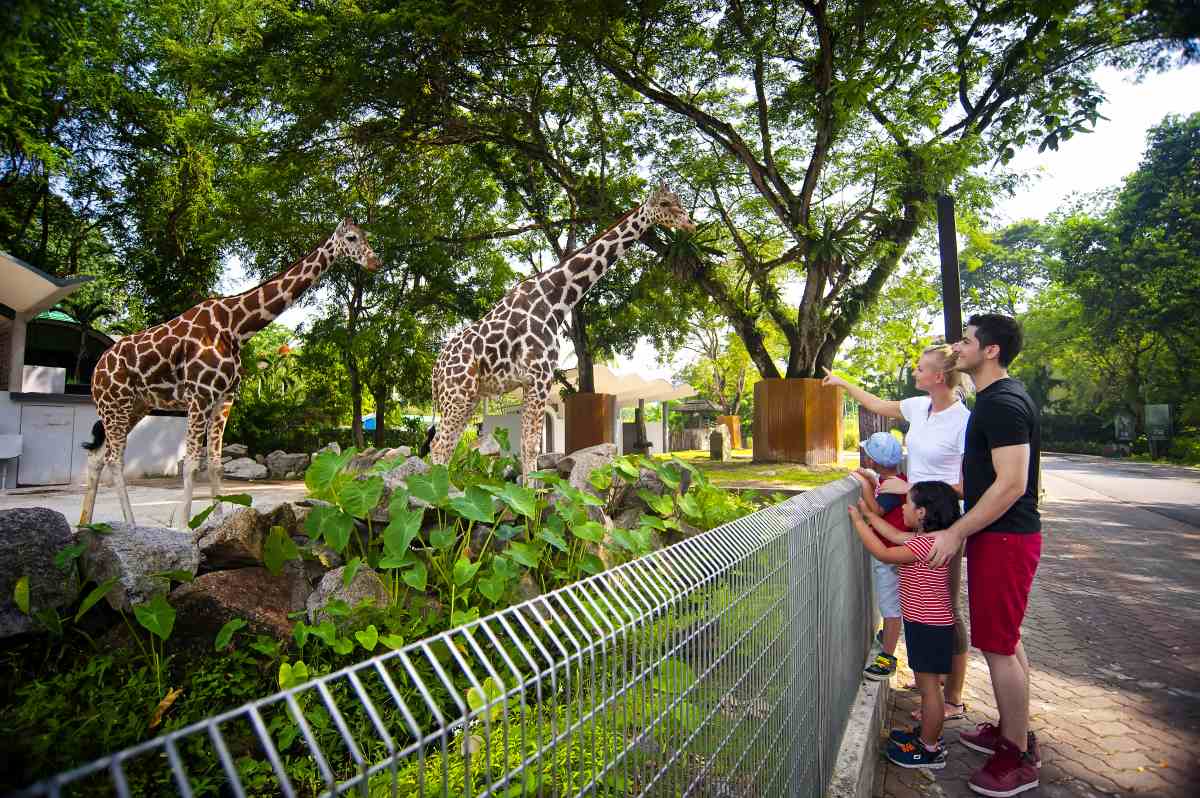
Please do not build any more zoos, this is the simple message of the Consumer Association of Penang (CAP).
This is following news that a new zoo is being built on 20.2-hectare land in Iskandar Puteri, Johor.
In a press statement CAP says that the objective of having a zoo is generally as a crowd puller. The idea of zoos as tourist attractions should be discarded as many of these animal establishments are totally ignorant about proper care for wildlife, leaving the animals to suffer immensely.
Also in question is the frequency of visitors to new zoos.
Contrary to this belief that zoos attract tourists, newly established zoos attract more than 80% of their visitors from within their own surrounding community, and more than half are people who make frequent return visits which often happens too. Those return visitors stop coming over time, resulting in poor gate collections and the zoo condition deteriorates further.
In reality, most people only spend a few seconds at each display, waiting for the animals to do
something “exciting” but they gain little, if any, true understanding of the animals.
Despite their professed concern for animals, zoos can more accurately be described as “collectors” of interesting animals than as actual havens or homes. Zoos pride themselves on a collection of several exotic species without any thought for space, (which is) often inadequate and lacking in many such establishments.
Even under the best of circumstances at the best of zoos, captivity cannot begin to replicate wild animals habitats.
Politicians and proponents of zoos should not view zoos as places to amuse and entertain but rather address the question of whether or not zoos ought to exist and if their existence would serve any purpose. The point that needs to be emphasized is that in zoos and all zoological establishments namely mini zoos, snake parks, aviaries, snake farms and butterfly parks, animal welfare standards are hardly met, often drawing public criticism.
Zoos are built mainly for the convenience of visitors in mind rather than for the comfort of the animals.
Placing an animal in an inappropriate environment not suited for the species can cause stress and behavioural problems. Captive animals in zoos have been observed to suffer from zoochosis syndrome due to the removal of these animals from their natural habitat, frustration, boredom, lack of life in normal social groups and other stereotypic behaviour.
CAP believes that wildlife should not be kept at all if their needs cannot be met.
Zoos are not breeding animals with the intent of replenishing threatened populations. Babies are a crowd puller bringing visitors through the gates. Yet they are also what zoos deem as ‘surplus animals’.
When questioned about what zoos did with the ‘surplus’ the answer is always the same –
‘exchange with other zoos’.
This is highly questionable as many of the zoo fraternity also have similar wildlife species, thus, do surplus animals really end up in our local zoos or exchanged with some other worst zoos abroad? As a matter of fact, captive breeding gives the public a false sense of security about a species’ survival.
For wildlife to survive, the zoo community must shift its focus from keeping and breeding animals behind bars to directing attention to the root causes of why wildlife worldwide are in peril: habitat destruction, poaching, and the exotic animal trade. So long as there is no conservation of wildlife in the wild, captive breeding will not make any difference.
Serious conservation efforts begin with human’s commitment to stop encroaching on wildlife
habitats and not collecting charismatic megafauna to be put behind bars as living trophies.
All too often Members of Parliament (MP), State Excos and elected representatives seem fixated on the idea that these animal facilities in districts and small towns are the only answer to a major tourist draw.
Such establishments run either by the Municipal Council, District Council, the State Government or private operators revealed many bird and animal exhibits in cramped and barren enclosures where these inhabitants are often exploited to perform tricks or for photography sessions.
With over 14 zoos and 20 permanent wildlife exhibition centres in Peninsular Malaysia and
another one coming up, enough is enough!
Malaysia needs to stop building more zoos, but instead focus on improving sub-standard zoos to ensure they meet exacting standards of housing, husbandry, welfare and health for all their captive inmates.
Press statement by Mohideen Abdul Kader, President of the
Consumers Association of Penang (CAP).


